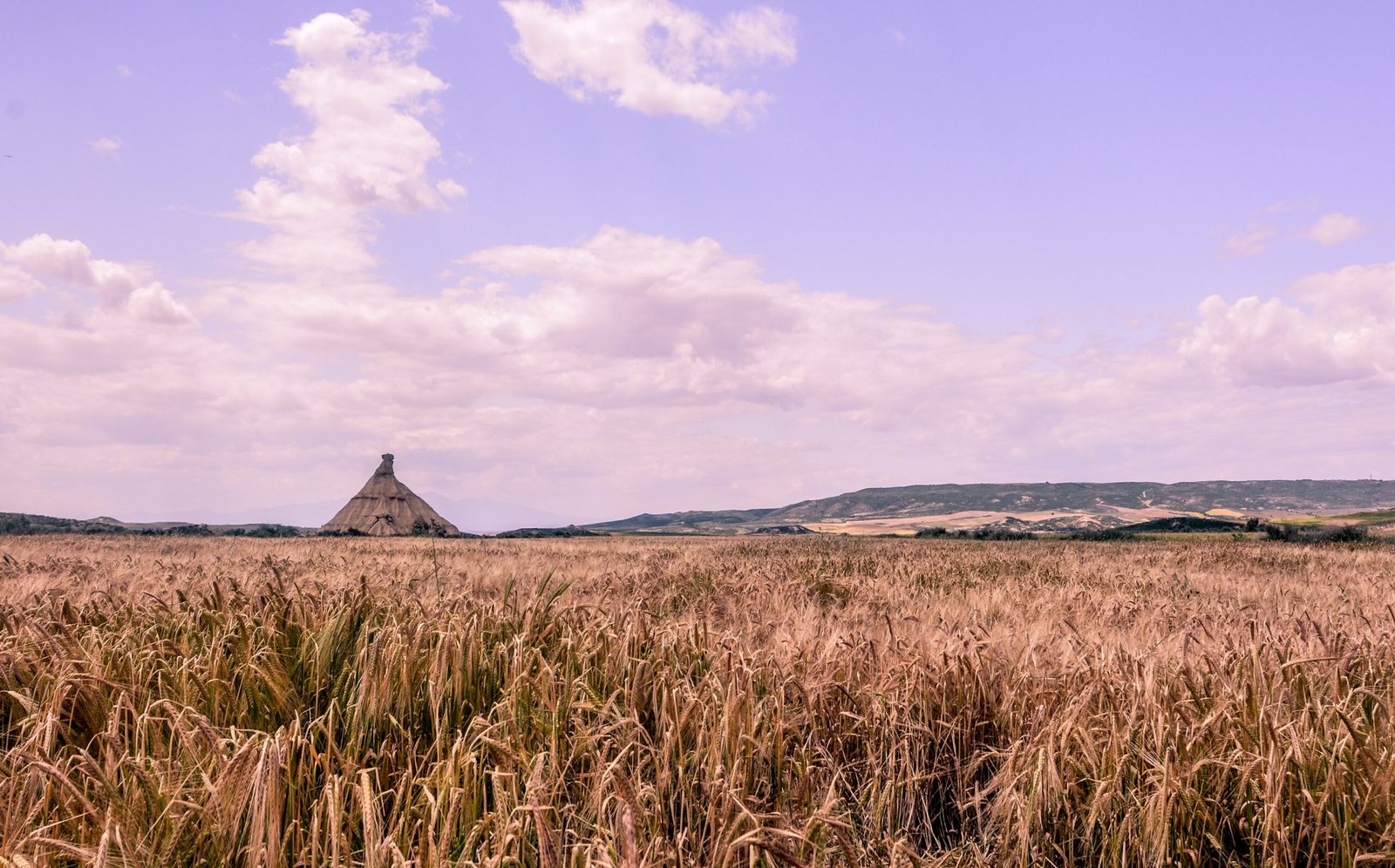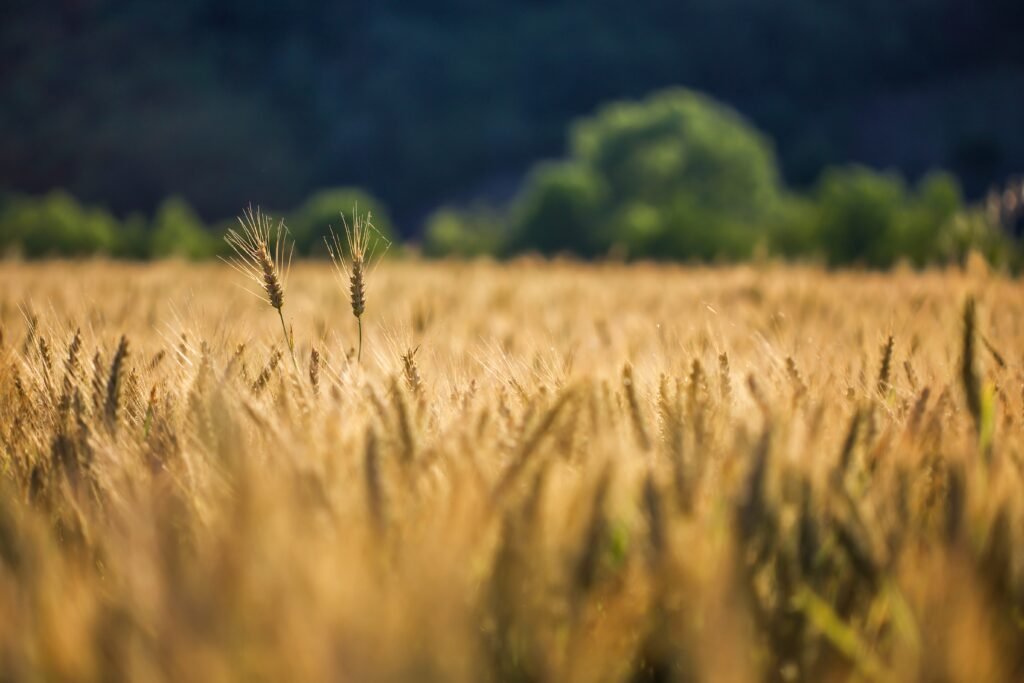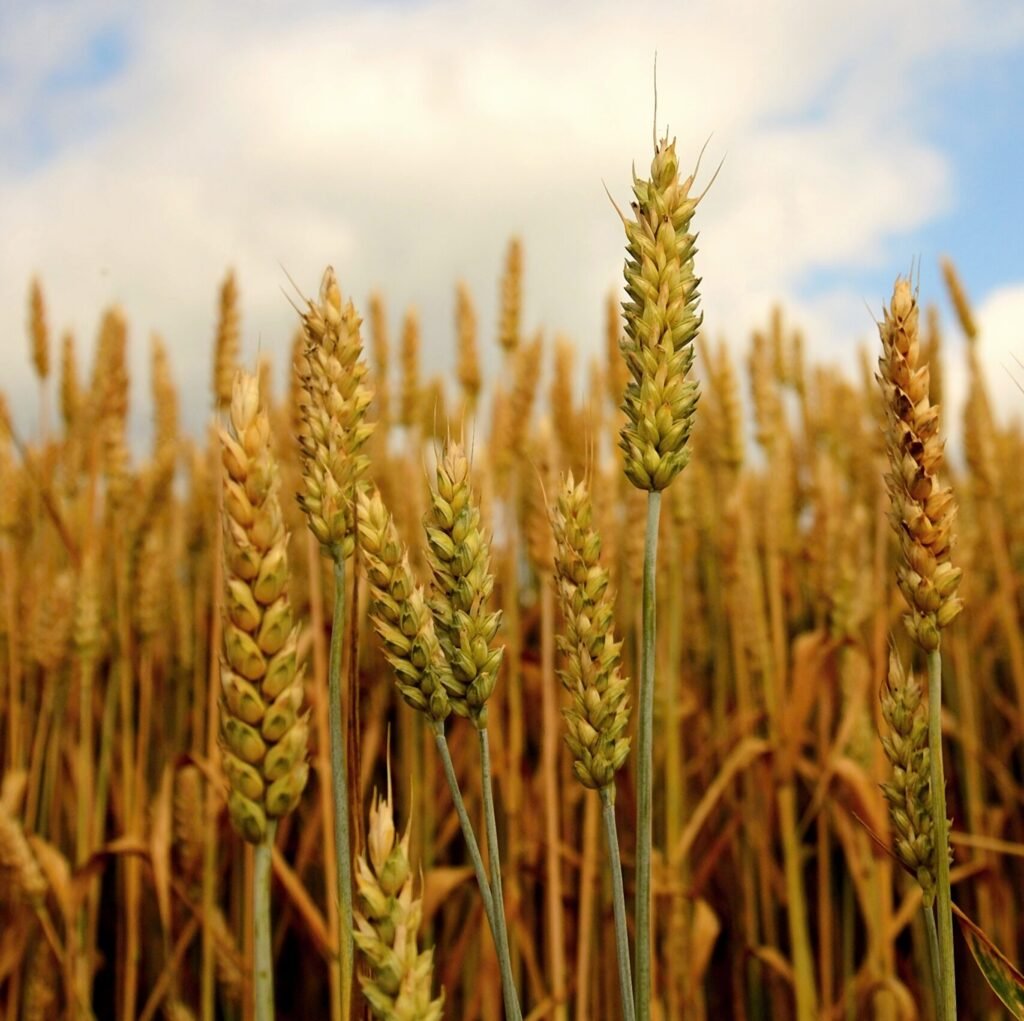Vegetables Farming
Agriculture Success | India Gears Up for Its Biggest Wheat Harvest one Ever, Says Minister

The Agriculture Success Minister said that this season’s wheat crop in India is expected to be a record. Wheat output has increased due to favourable weather, better farming practices, and government assistance, guaranteeing a bumper crop. It is anticipated that this increase in yield will help farmers, stabilise prices, and improve food security. India is set to break previous output records and solidify its status as a global wheat powerhouse with greater investments in modern agriculture and improved irrigation systems.
Favorable Weather Conditions Boost Wheat Production

One of the primary factors driving record wheat production this year is ideal weather conditions across major wheat-producing states such as Punjab, Haryana, Uttar Pradesh, and Madhya Pradesh. Consistent rainfall, adequate winter chill, and moderate temperatures during the crop’s growth cycle have created optimal conditions for wheat farming.

Meteorological experts have reported that timely winter showers and controlled temperatures have prevented crop stress, ensuring higher yields and better grain quality. Additionally, improved irrigation infrastructure has played a pivotal role in ensuring water availability, reducing dependency on unpredictable monsoon patterns.
Technological Advancements in Wheat Cultivation
Modern farming innovations, including precision agriculture, high-yield wheat varieties, and AI-driven crop monitoring, have significantly boosted productivity. Farmers have increasingly adopted advanced agricultural techniques such as:
- High-yield and climate-resistant wheat varieties to withstand fluctuating weather conditions.
- Precision farming techniques, including soil testing and smart irrigation, ensuring optimal resource utilization.
- AI-powered drones for crop health monitoring and early pest detection, reducing losses.
- Mechanized harvesting, which improves efficiency and reduces post-harvest losses.
Government initiatives such as Krishi Vigyan Kendras (KVKs) have played a crucial role in training farmers on modern agricultural practices, further improving wheat productivity.
Government Policies Driving Wheat Production
The Indian government has implemented several policy measures to support wheat farmers and ensure a record harvest. Key initiatives include:
1. Increased Minimum Support Price (MSP)
The government has raised the Minimum Support Price (MSP) for wheat, encouraging farmers to expand cultivation and invest in quality inputs. This financial security has motivated farmers to produce more and ensure profitability.
2. Fertilizer and Input Subsidies
To ease the financial burden on farmers, the government has continued to provide subsidies on fertilizers, quality seeds, and pesticides, enabling farmers to cultivate wheat at a lower cost while maintaining high productivity levels.
3. Infrastructure Development and Procurement Efficiency
With an improved procurement and storage infrastructure, the government has streamlined the wheat supply chain. Investments in cold storage, warehousing, and transportation have helped reduce wastage and ensure that the increased production effectively reaches markets.
4. Export Opportunities and Market Expansion
With record wheat production, India is expected to expand its exports to global markets, especially amid supply disruptions in other wheat-producing countries. The Agriculture Ministry has been in talks with key importers, ensuring that Indian wheat remains competitive in international markets.
Impact on Food Security and Economy
The bumper wheat harvest is expected to have a positive impact on food security, ensuring stable wheat prices and reducing inflation in essential food products like bread, flour, and cereals. The government is also likely to replenish its public distribution system (PDS) stocks, ensuring an adequate food supply for low-income households.
Additionally, increased wheat production will bolster rural incomes, as farmers benefit from higher yields and improved market prices. This economic boost is expected to stimulate further investments in agriculture, strengthening India’s long-term food security goals.
Challenges and Future Prospects
While this season’s wheat harvest is promising, challenges such as climate change, water scarcity, and global market fluctuations remain potential threats to sustained agricultural growth. To maintain long-term success, India must focus on:
- Enhancing climate-resilient farming techniques.
- Promoting efficient water management to combat depletion of groundwater.
- Expanding storage and transportation infrastructure to minimize post-harvest losses.
- Encouraging research and development in high-yield and disease-resistant wheat varieties.
Conclusion
India’s record wheat production this season marks a significant achievement in its agricultural sector. Favorable weather, government support, technological advancements, and farmer resilience have all played crucial roles in this success. The bumper wheat harvest is set to strengthen food security, stabilize markets, and enhance export potential, reaffirming India’s position as a global leader in wheat production. Moving forward, sustainable agricultural practices and continued investment in innovation will be essential in maintaining and surpassing these milestones in the coming years.













